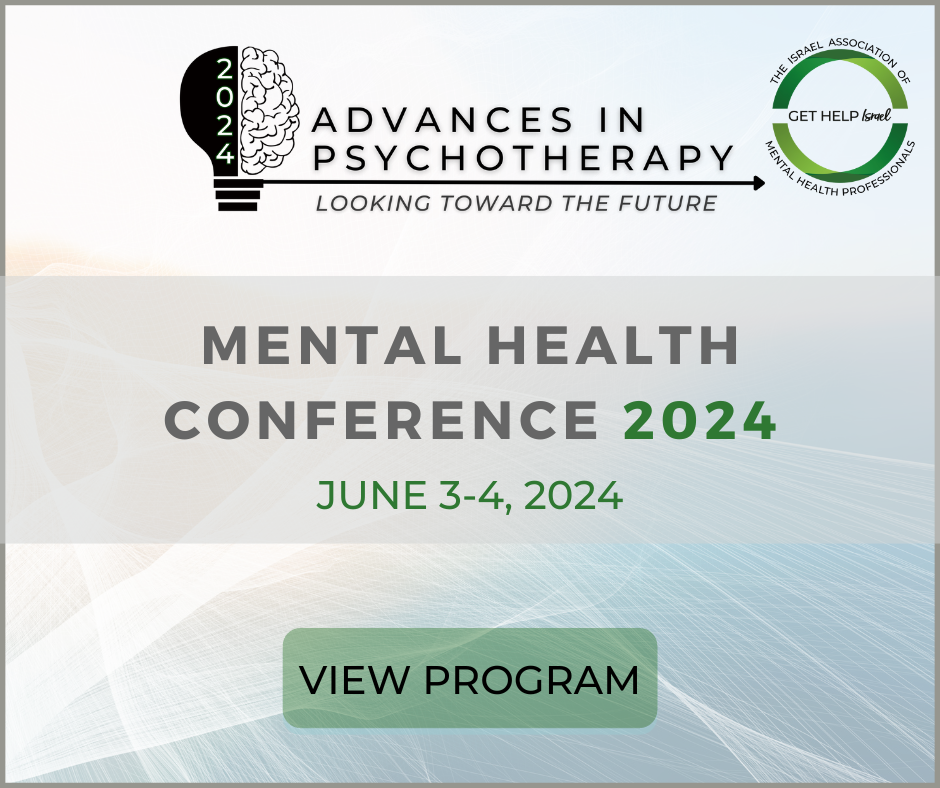Exploring the Transformative Journey of Equine-Assisted Psychotherapies
.png)
Equine-Assisted Psychotherapies (EAP) stand out in the therapeutic world, offering a unique approach to addressing emotional, mental, and social well-being. Originating in the 1990s, this therapy has grown significantly in Europe and the United States. Its remarkable impact on active duty military personnel and veterans has highlighted its importance in the therapeutic community, making it a noteworthy choice for addressing complex psychological challenges(Marchand et al., 2021).
The Core of Equine-Assisted Psychotherapies
EAP is a specialized form of psychotherapy that utilizes horses as a therapeutic tool. This innovative approach takes place in an outdoor environment, diverging from traditional therapy settings. The interaction between patients and horses under the guidance of trained therapists leads to significant emotional and psychological recovery, offering an alternative to conventional therapy methods.
The Human-Horse Bond: A Therapeutic Connection
The success of EAP is largely attributed to the unique bond formed between humans and horses. Horses share several characteristics with humans in terms of behavioral responses and social structures, providing a mirror for clients to gain insight. This shared social dynamic enables horses to perceive humans as part of their herd, creating deep connections pivotal in therapy. The human-horse bond is enhanced by scientific theories such as attachment theory and the activation of the oxytocin system(Scopa 2019). The large and powerful nature of horses demands respect and can elicit fear, yet overcoming these obstacles and building a relationship with them promotes confidence, relationship skills, and problem-solving abilities.
Therapeutic Advantages of EAP
EAP offers a wide range of therapeutic benefits. The presence of horses provides a nonjudgmental and safe environment for emotional expression and processing. The therapy enhances participants' autonomy and self-confidence as they learn to interact assertively with horses. Additionally, the horses' sensitivity to human emotions promotes self-awareness and insight in the participants, making EAP an effective tool for personal development. It is designed to address self-esteem and personal confidence, communication and interpersonal effectiveness, trust, boundaries, limit-setting, and group cohesion (Marchand et al., 2021).
EAP's Impact on Children
For children, EAP encompasses all the benefits of play therapy, along with experiential learning. This type of therapy offers opportunities for children to identify and understand personal emotions, develop empathy, a sense of responsibility, and problem-solving skills. It provides an environment for children to succeed in new undertakings, making it an invaluable tool in their developmental journey (Schultz et al., 2007).
Conclusion
EAP represents a significant stride in therapeutic practices, offering a unique and effective path to emotional and psychological healing. Centered around the human-horse bond, EAP provides a journey of understanding, resilience, and recovery. As an innovative approach to therapy, EAP's potential in transforming lives is both promising and substantial, making it a valuable addition to therapeutic interventions.
References:
Marchand, W. R., Andersen, S. J., Smith, J. E., Hoopes, K. H., & Carlson, J. K. (2021). Equine-assisted activities and therapies for veterans with posttraumatic stress disorder: current state, challenges and future directions. Chronic Stress, 5, 2470547021991556.
Schultz, P. N., Remick‐Barlow, G. A., & Robbins, L. (2007). Equine‐assisted psychotherapy: A mental health promotion/intervention modality for children who have experienced intra‐family violence. Health & Social Care in the Community, 15(3), 265-271.
Scopa, C., Contalbrigo, L., Greco, A., Lanatà, A., Scilingo, E. P., & Baragli, P. (2019). Emotional transfer in human–horse interaction: new perspectives on equine assisted interventions. Animals, 9(12), 1030.




